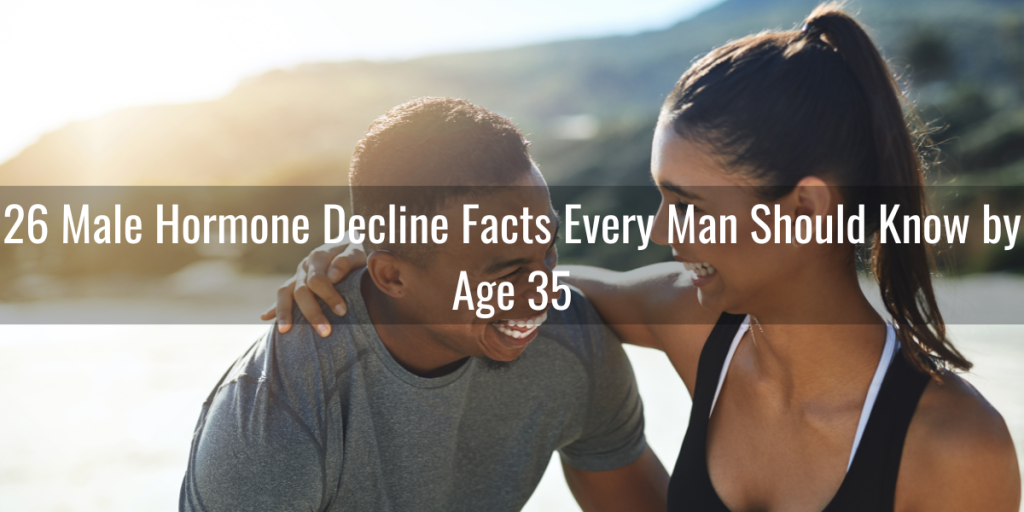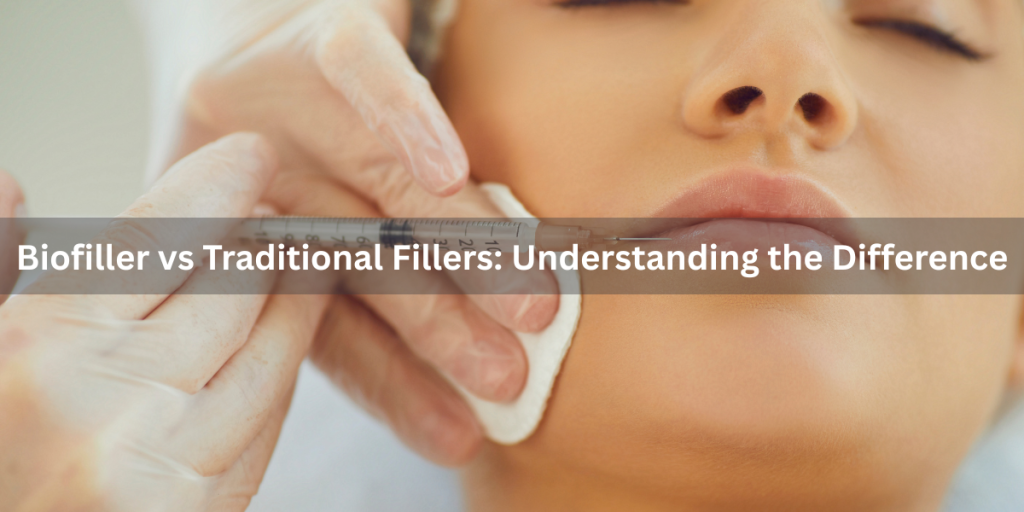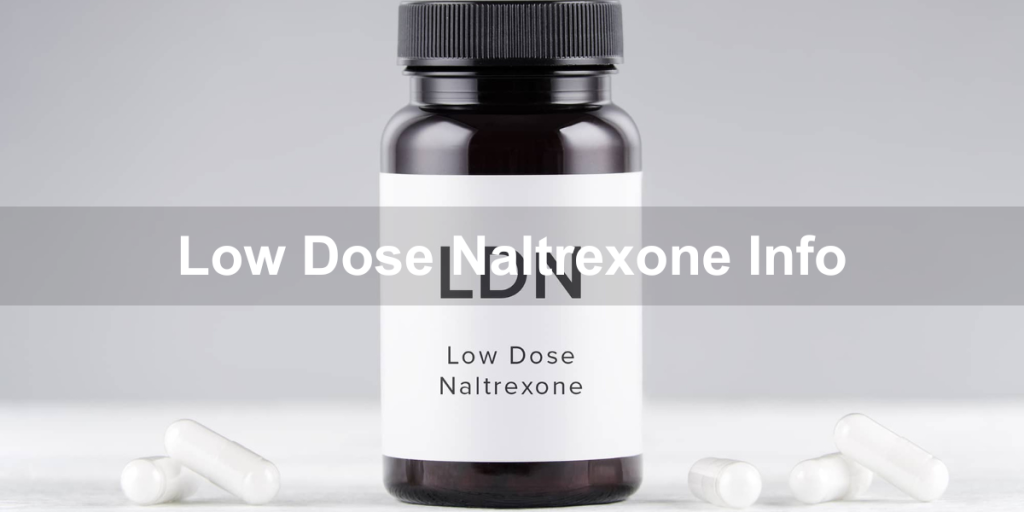As men near their mid‑thirties many experience subtle yet meaningful shifts in their hormone balance. Testosterone production begins a gradual decline that can impact energy, mood, muscle mass and more.
Understanding the truth behind male hormone decline empowers you to take charge of your health and performance.
Here’s what every man should know by age 35.
What Every Man Should Know About Hormone Decline by 35
1. Testosterone levels begin to decrease by about 1 percent per year after age 30
Starting around age 30 to 35 testosterone production typically declines at a rate of one percent annually. Cumulatively this adds up. By age 50 many men will experience a 20 to 25 percent drop compared to their prime years. Though the decline is gradual the effects can be surprising. Strength and energy may subtly shift before you realize the cause.
2. Healthy adult males produce approximately 7 milligrams of testosterone daily
An adult male body synthesizes around 7 mg of testosterone each day. This translates to roughly 250 to 1,100 nanograms per deciliter in total serum testosterone. The wide range encompasses healthy variability but individual levels can determine how hormonal decline feels in daily life. Sitting near the lower end can predispose you to symptoms even early on.
3. Free testosterone that is biologically available also declines with age
Of total testosterone bound, nearly 98 percent attaches to proteins such as sex hormone binding globulin SHBG and albumin. The remaining free testosterone carries the biological effects.
SHBG levels rise with age so the decline in free testosterone exceeds that of total testosterone. Many men in their late thirties have 20 to 30 percent less free testosterone than they did a decade earlier.
4. Fat gain correlates with lower free testosterone levels
Carrying excess visceral fat not only contributes to hormonal decline but also worsens it. That means early midlife fat gain can accelerate the hormonal changes you may already be undergoing.
5. Lean muscle mass declines by approximately 3 to 8 percent per decade after age 30
Strength tends to diminish over time without intervention. Men typically lose 3 to 5 percent of lean body mass during each decade past 30.
Those with declining testosterone levels may experience losses closer to 8 percent per decade. Maintaining or increasing muscle requires lifestyle support to counterbalance natural hormonal decline.
6. Normal testosterone ranges are wide but decline can still impact function
“Normal” total testosterone ranges between 270 and 1,070 ng/dL according to clinical guidelines. Men in their mid‑thirties may still fall within this range yet experience symptoms if their levels decline significantly from their personal peak. Context matters. Functional thresholds differ from lab thresholds.
7. Testosterone influences more than muscle and libido
This hormone regulates mood, cognition, bone density, red blood cell production and even body fat distribution. Low levels link to fatigue, irritability, poor concentration, mood dips, reduced bone mineral density and greater fat accumulation especially around the abdomen.
8. Sleep quality and duration directly impact testosterone production
Testosterone synthesis occurs during deep sleep. Cutting total sleep time by even just 90 minutes per night can decrease testosterone levels by up to 15 percent in healthy men. Chronic poor sleep accelerates declines that would otherwise unfold later by natural aging.
Also Read:
- Hormone Optimization vs Viagra
- Testosterone Replacement Therapy Timeline
- Symptoms of Low Testosterone in Men
9. Stress and elevated cortisol reduce testosterone
High cortisol from chronic stress inhibits testosterone release. Studies show that men under consistent or acute stress exhibit testosterone drops of 20 to 30 percent during the stress response. Over time this suppression becomes a driver of hormonal decline.
10. Low testosterone increases the risk of metabolic syndrome
Men with testosterone in the bottom quartile are 2.5 times more likely to meet criteria for metabolic syndrome – which includes central obesity, high blood pressure, increased fasting glucose and lipid abnormalities. The relationship is bidirectional: metabolic syndrome suppresses testosterone and low testosterone promotes metabolic issues.
11. Diet quality correlates with testosterone levels
Men who ate an anti‑inflammatory diet high in monounsaturated fats, vegetables and lean protein had average testosterone levels 20 to 25 percent higher than men who ate processed foods and refined carbs. Food matters more than just energy count.
12. Adequate vitamin D improves testosterone levels
In a randomized controlled trial men with vitamin D deficiency supplemented daily saw a 20 percent increase in testosterone levels over a year. Vitamin D acts as more than bone support – it’s a hormone regulator too.
13. Chronic alcohol intake lowers testosterone
Drinking over 14 units per week is associated with testosterone decreases of 12 to 18 percent. Liver metabolism of hormones is impaired and aromatase activity increases converting more testosterone to estrogen.
14. Binge sugar consumption temporarily suppresses testosterone
A single high sugar meal in healthy men can reduce free testosterone by 25 percent within 30 minutes and remain suppressed for two hours. Sugar control influences hormonal dynamics acutely and chronically.
15. Abdominal obesity accelerates hormone decline
Fat tissue contains aromatase which converts testosterone to estrogen. Each additional 1 cm in waist circumference correlates to roughly 1 percent increase in aromatase activity and corresponding testosterone loss. Controlling central fat is essential for preserving testosterone.
16. Vitamin K2 intake supports testosterone production
An observational trial found high vitamin K2 intake correlated with 20 percent higher testosterone compared to low intake. K2 influences steroidogenesis beyond its well known role in bone health.
17. Meditation and mindfulness reduce cortisol
A meta analysis of mindfulness interventions revealed average cortisol reductions of 26 percent in stressed individuals. Lower cortisol helps maintain testosterone production over time.
18. Testosterone therapy may be appropriate for men over 35 with symptoms and low levels
Men who consistently exhibit symptoms of hypogonadism alongside lab testosterone under 300 ng/dL can benefit from supervised testosterone therapy if lifestyle changes alone are insufficient. Treatment protocols require monitoring long term.
We offer Hormone Therapy for Men in San Diego, CA.
19. Untreated low testosterone increases cardiovascular risks
A retrospective study showed men with untreated low testosterone had 30 percent higher rates of cardiovascular events over five years. Hormone support may mitigate some of that risk when done correctly under medical supervision.
20. Mood declines often mask hormonal changes
Many men dismiss emotional flatness, fatigue or loss of drive as stress related. Data show that 50 percent of men with low testosterone present first with mood symptoms not sexual complaints. Hormone testing should be part of midlife check ups.
21. Strength training balanced with recovery maintains testosterone tone
Excessive training without recovery raises stress hormones and reduces testosterone. Balanced workout plans that include rest days yield better hormonal outcomes than pushing past fatigue.
22. Low testosterone by age 35 is more common than many think
Surveys show up to 20 percent of men aged 35 to 44 have total testosterone below 300 ng/dL with symptoms. That’s one in five, signaling broader awareness is overdue.
23. Medical checkups rarely include hormone panels
Most annual exams review lipids glucose and blood pressure but omit hormone testing. Men concerned about fatigue, mood or libido should ask their provider to check total and free testosterone SHBG estradiol and morning cortisol levels.
24. Exercise alone cannot replace hormonal therapy if levels are clinically low
In men with testosterone under 250 ng/dL structured lifestyle interventions may raise levels modestly but rarely into normal ranges. Hormonal therapy can complement interventions under proper monitoring.
25. Testosterone replacement is not anabolic steroids
Therapeutic doses aim to restore normal ranges not push performance beyond physiological norms. When done properly TRT supports health not muscle excess. Abuse and high dosing lead to risk.
26. Lifestyle support optimizes therapy outcomes
Therapy works best when paired with sleep, a nutrient dense diet, stress reduction exercise and weight management. Hormonal medicine plus lifestyle equals best results.
Frequently Asked Questions
What counts as low testosterone by age 35
Levels below 300 nanograms per deciliter total testosterone are generally considered low. Clinical symptoms like fatigue, mood issues or low libido alongside these numbers indicate a need for evaluation.
Can lifestyle changes alone restore hormones
In mild cases yes. Weight loss, sleep optimization, stress reduction resistance training and nutrition can raise testosterone by up to 20 percent. In clinically low cases therapy may be needed.
Is testosterone therapy safe long term
Under medical supervision yes. Regular monitoring of bloodwork ensures safety regarding hematocrit cholesterol liver and prostate health. When guided by a doctor TRT can be sustainable.
Does injection therapy suppress fertility
Standard testosterone therapy can suppress sperm production. Men wanting children may need fertility safeguarding options like hCG or alternative regimens.
Can women benefit from testosterone
Yes post‑menopausal or perimenopausal women may gain libido, muscle tone, and mood support from low‑dose testosterone under specialist supervision.
How quickly do men feel benefits
Some report subtle improvements in mood energy or libido in 3 to 4 weeks. Physical changes in body composition often take 8 to 12 weeks with consistent therapy.
Is supplementation necessary
Foundational nutrients like vitamin D, zinc, magnesium and vitamin K2 support hormone production. Supplements complement lifestyle but are rarely enough on their own in deficient men.
How often should hormone panels be done
If stable without therapy, annual testing is a solid starting point at age 35. Starting therapy requires testing every 3 months initially then biannual or annual.
What symptoms should prompt testing
Persistent fatigue, mood swings, low motivation, poor concentration, decreased libido, erectile changes, increased body fat or muscle loss are all valid triggers for evaluation.
Can I reverse hormone decline
Partially yes. Lifestyle changes can raise testosterone but natural decline continues. Therapy helps restore healthy range when needed. Early action yields best outcomes.
Final Takeaway
Hormone decline starts early and subtly in most men. By age 35 it is common for total and free testosterone to decline enough to affect physical, mental and emotional health. The good news is this process is not unstoppable.
Proper sleep stress control exercise nutrition and intentional lifestyle habits can slow the decline.
When clinical symptoms align with lab values a safe well‑monitored therapy protocol bridges the gap. Monitoring and personalized care matter. Know your numbers and act early so you don’t live below your potential.
At Katalyst Wellness, we help you reclaim the life you deserve.
Erectile dysfunction, low libido, or just not feeling “like yourself” in the bedroom are challenges that are more common than most people realize. For many, the go-to solution is Viagra or similar medications. And while those pills might work in the moment, they don’t address the deeper, underlying issue: hormonal imbalance.
At Katalyst Wellness, we take a different approach that focuses on restoring your body’s natural chemistry so sexual performance improves without relying on quick fixes.
The Problem with the “Blue Pill Mentality”
Viagra and similar drugs (Cialis, Levitra) act as short-term vasodilators. They improve blood flow temporarily but do nothing to treat why performance declined in the first place.
Many men (and some women) who struggle with:
- Low sex drive
- Difficulty achieving or maintaining arousal
- Weak orgasms
- Emotional detachment from intimacy
…are actually dealing with suboptimal hormone levels, particularly testosterone.
What Is Hormone Optimization?
Hormone optimization means bringing your body’s hormone levels (like testosterone, estrogen, DHEA, and thyroid hormones) into a healthy, balanced range. It’s not about “jacking up” testosterone unnaturally. Instead, it’s about returning you to a functional baseline so your energy, mood, metabolism, and yes, sexual performance all feel like they should.
At Katalyst Wellness, we use:
- In-depth lab testing (not just total testosterone)
- Evidence-based hormone replacement protocols
- Ongoing monitoring and tailored support
We are proud providers of Bioidentical Hormone Replacement Therapy (HRT) in San Diego.
How Testosterone Fuels Sexual Performance
Testosterone plays a central role in both male and female sexual health. When levels are low, everything from desire to performance takes a hit.
Restoring optimal testosterone improves:
• Libido
Most people associate testosterone with desire and for good reason. Low T often means low interest in sex. Optimized levels reignite that natural spark.
• Erectile Function (for men)
Testosterone affects nitric oxide production, which supports strong, sustained erections. Many men on TRT find that they no longer need Viagra or only use it occasionally.
• Arousal and Sensitivity (for women)
In women, testosterone contributes to clitoral sensitivity, vaginal lubrication, and overall sexual satisfaction, especially post-menopause.
• Confidence and Mood
Sex is mental too. When testosterone levels improve, so does mood, motivation, and self-esteem—all of which feed into better, more confident intimacy.
Also read The Timeline of Testosterone Replacement Therapy.
Why Hormone Optimization Beats the Band-Aid Approach
| Viagra | Hormone Optimization |
| Temporary fix | Long-term results |
| Works only on erections | Improves desire, arousal, stamina |
| Doesn’t address root causes | Treats underlying hormonal imbalance |
| Often needed every time | Builds lasting sexual vitality |
| No effect on overall wellness | Boosts energy, focus, muscle tone too |
Sexual Health Isn’t Just Physical, It’s Hormonal
If your sex life has changed and not in a good way it might not be your relationship, your age, or stress. It could be your hormones.
Some warning signs of hormone-related sexual dysfunction include:
- Declining interest in sex despite physical intimacy
- Delayed or weak orgasm
- Feeling emotionally disconnected during sex
- Low energy and brain fog alongside performance issues
These aren’t just symptoms to “push through.” They’re signals that your body is out of sync and that restoration is possible.
Why Choose Katalyst Wellness for Hormone Optimization?
We don’t hand you a prescription and send you on your way. At Katalyst Wellness, your experience includes:
- Thorough lab work including testosterone, estradiol, SHBG, thyroid, and more
- Customized hormone protocols based on your biology and goals
- Ongoing check-ins and dose adjustments to fine-tune your progress
- Support for both men and women experiencing hormone-related sexual decline
35 or 65, the goal is the same: feel like yourself again (in the bedroom and beyond).
❓Frequently Asked Questions (FAQ)
Does hormone therapy replace the need for Viagra?
In many cases, yes. When testosterone and other key hormones are optimized, sexual function including libido, arousal, and erectile performance often improves naturally. Some men may still choose to use Viagra occasionally, but it’s no longer a necessity for most.
How long does it take to see results from hormone optimization?
Most patients begin noticing improvements in energy, mood, and sex drive within 3–6 weeks. Physical and sexual performance gains typically become more pronounced around 8–12 weeks, with continued progress over several months.
Is testosterone therapy only for men?
No, women also benefit from testosterone therapy, especially during perimenopause, menopause, or after surgical removal of ovaries. Low testosterone in women can cause low libido, poor arousal, fatigue, and mood swings.
What are the signs that low testosterone is affecting my sex life?
Some of the most common signs include:
- Decreased interest in sex
- Difficulty getting or maintaining an erection
- Delayed or less intense orgasms
- Low confidence or motivation
- Fatigue and brain fog
Is hormone optimization safe?
When guided by experienced medical providers and based on thorough lab work, hormone optimization is safe and effective. At Katalyst Wellness, treatment is customized and carefully monitored to ensure optimal results without unwanted side effects.
What if I’ve already tried Viagra and it didn’t work?
That’s often a sign that there’s an underlying hormonal issue at play. Viagra addresses blood flow, not hormone levels. If it’s not helping, hormone testing could reveal the real root cause of the problem.
Ready to Go Beyond the Pill?
Viagra might work tonight, but hormone optimization could change the next 10 years. If you’re tired of the ups and downs and want a sustainable, natural boost in sexual health, we’re here to help.
????Looking for testosterone therapy in San Diego?
Katalyst Wellness offers physician-guided hormone optimization tailored to your body, lifestyle, and goals.
Book a consultation today and take the first step toward lasting performance, passion, and confidence.




